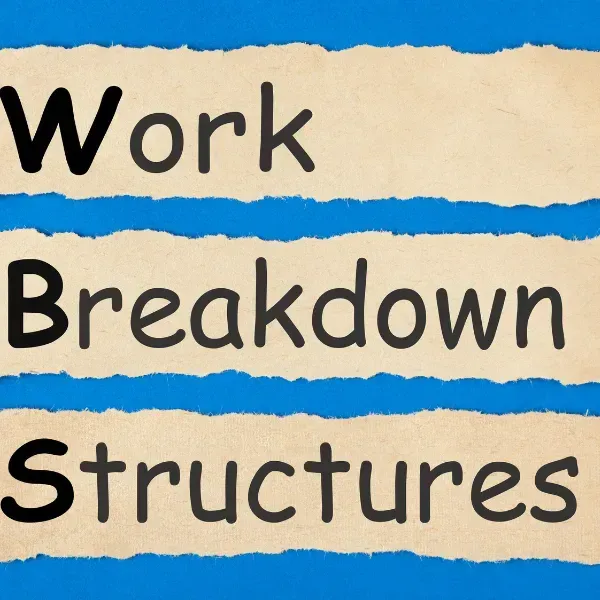Blog
Master Your Finances: Essential Accounting Tips for Business Growth

Building Profitability: The Financial Impact of Work Breakdown Structures in Construction Projects
Maximizing Profitability in Construction Projects: Unveiling the Crucial Role of Work Breakdown Structures (WBS) in Accounting and Project Management.
Introduction:
In the intricate landscape of construction projects, the Work Breakdown Structure (WBS) emerges as a linchpin, offering a structured approach to project management. Beyond its fundamental role in organizing tasks and defining project scope, the WBS plays a pivotal role in job cost accounting. From a financial perspective, the WBS serves as the cornerstone for creating an account coding system in the job cost ledger. In this blog, we delve into the symbiotic relationship between a well-constructed WBS and accounting practices, exploring how it contributes to improved profitability in construction projects.

Task Assignment and Resource Allocation:
The WBS, when integrated with accounting practices, becomes a compass for assigning costs to specific tasks in the job cost ledger. This breakdown is indispensable for identifying the resources—whether it be labor, equipment, or materials—required for each task. The result is a meticulous approach to cost estimation and budgeting, ensuring that financial planning aligns seamlessly with project requirements.
Time Phasing of Costs:
Within the WBS, the schedule not only delineates tasks but also outlines timelines and dependencies between them. From an accounting perspective, this temporal information is invaluable for understanding when costs will be incurred. It empowers job cost accountants to predict cash flow accurately and facilitates budgeting over time, adding a layer of precision to financial planning.
Cost Estimation and Budgeting:
The WBS, particularly in its schedule component, lays the foundation for cost estimation and budgeting. By associating costs with each task, the WBS provides a comprehensive overview of project costs. This holistic budget becomes a touchstone for tracking actual costs during project execution, ensuring financial alignment throughout the project lifecycle.
Tracking Progress and Costs:
As the project unfolds, the WBS serves as a dynamic tool for tracking task completion. Job cost accountants leverage this information to correlate progress with associated costs, ensuring that resources are deployed according to plan. Deviations from the schedule can be analyzed promptly, allowing for proactive adjustments to mitigate any potential impact on costs.
Variance Analysis:
Variance analysis, a critical aspect of financial management, finds its structure within the WBS. By comparing planned costs (as per the schedule) with actual costs, the WBS enables the identification and investigation of variances. This in-depth analysis provides project managers and accountants with insights into the reasons behind discrepancies, fostering continuous improvement in cost management.
Invoicing and Client Billing:
The WBS, with its meticulous breakdown of tasks and associated costs, becomes a blueprint for structuring billing in construction projects. Clients can be billed based on project milestones or the completion of specific tasks, aligning billing with the actual work performed. This transparency in invoicing enhances client relationships and contributes to overall project profitability.
Project Closeout:
During the critical phase of project closeout, the WBS remains a valuable reference point. It ensures that all tasks are confirmed as completed per the initial plan and that associated costs are accurately accounted for. This meticulous approach to project closeout contributes to the generation of accurate project closeout reports, closing the financial loop with precision.
In essence, the integration of a Work Breakdown Structure (WBS) with scheduling elements in a Work Breakdown Schedule (WBS) is not just a project management best practice; it is essential for effective job cost accounting. This integration provides a structured approach to planning, tracking, and managing costs throughout the project lifecycle, ultimately contributing to the maximization of profitability in construction projects.
Copyright 2022 - RNB Capital LLC - All Rights Reserved

